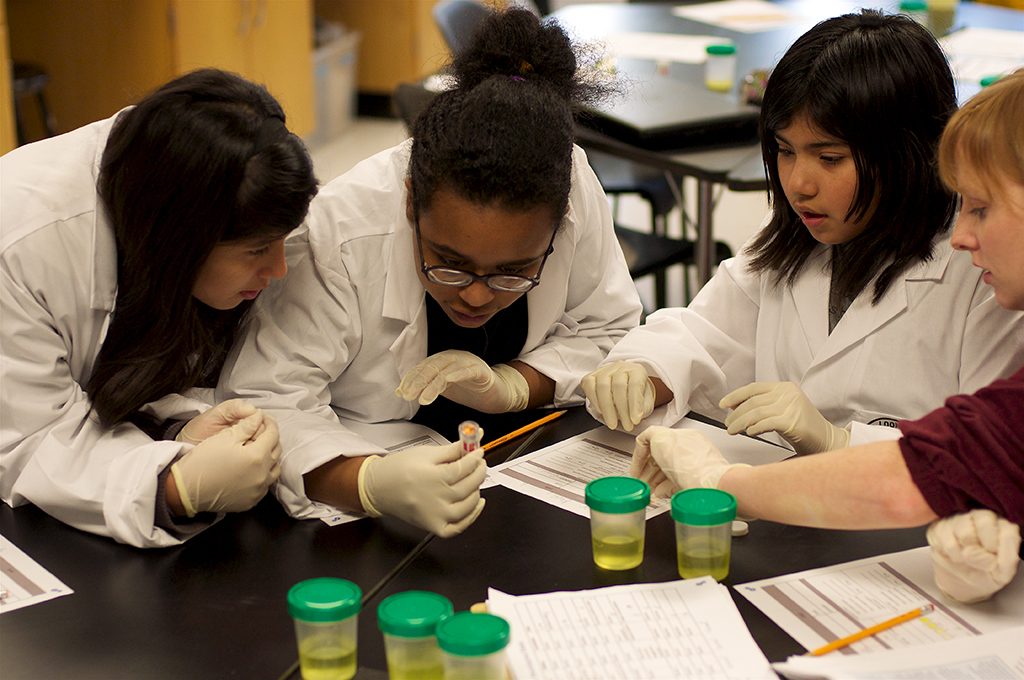Young Students have their Experiment Published after Unexpected Results

It is expected for most researchers to spend some years in their field before publishing their first paper. A group of young Toronto scientists made it by starting from their school project. Ranging between grades 8 through 12 at the time, the students suggested that a can of worms should be launched in space in order to better observe the effects of low gravity on muscle degeneration.
The young women have become a published scientist, as the unexpected results were published in the academic journal ‘’Gravitational Space Research’’. None of them expected for the experiment to be so successful. The base was set four years ago when a student completion was launched at the University of Toronto schools. The goal was the elaboration of a project interesting enough to be sent to the International Space Station.
One of the students, Annabel Gravely, declared in an interview that since the start, the competition meant a lot for her. She wanted to do something that would matter, and decided to study the lethal disease which ended the life of her grandfather a few years before. Lou Gehrig’s disease is a debilitating and painful neural condition. It attacks the cells which control the muscular network, leading to accelerated deterioration. Patients lose the ability to move and swallow, and in the end breathing.
She and a class colleague began working on the project, under the supervision of two upper-year mentors and steadily progressed through the competition. They received support from researchers in Canada and UK, which were impressed by the scale of the project and their determination.
The experiment was selected and a can of worms was sent in space, while another was studied in Toronto in order to observe if any differences will appear. When the two tubes were cross-analyzed it was discovered that worms in the can expose to micro-gravity had, in fact, lower levels of the ALS-linked enzyme. The worms were also longer and thicker than their Earth counterparts although they had limited oxygen and nutrients.
The results, welcomed by their peer, prove yet again that science is for every age.
0 comments